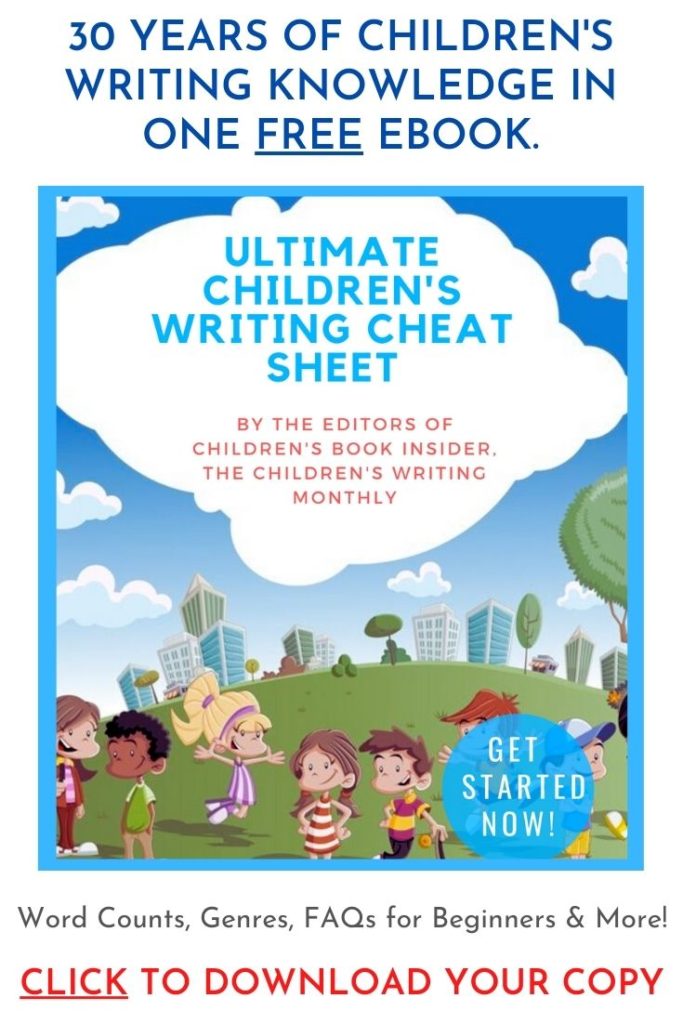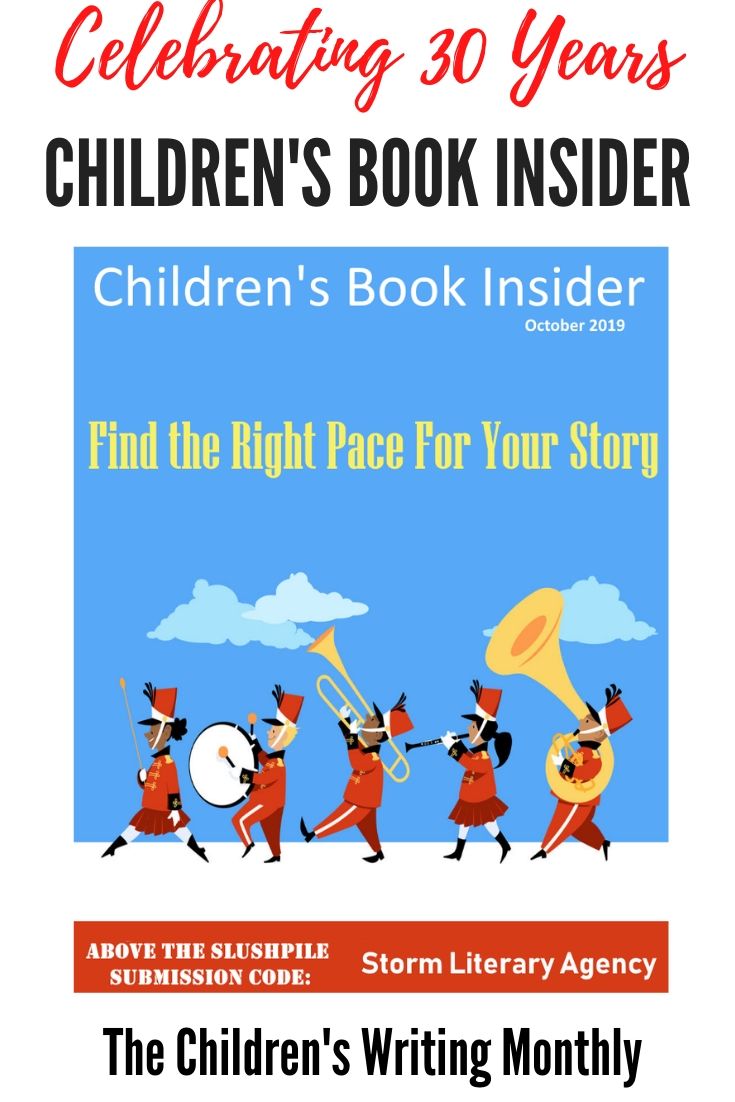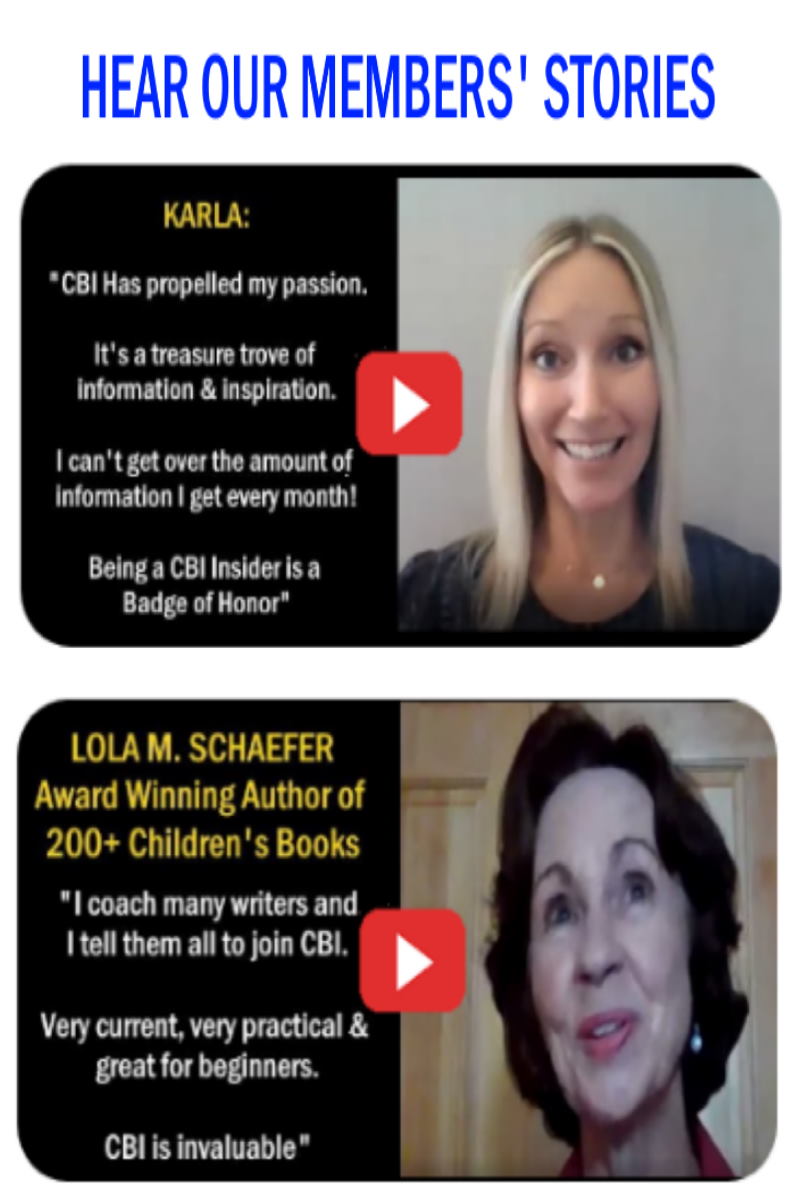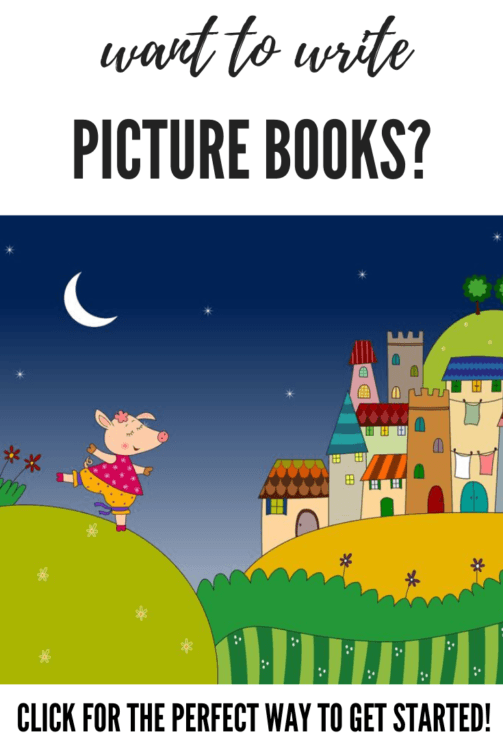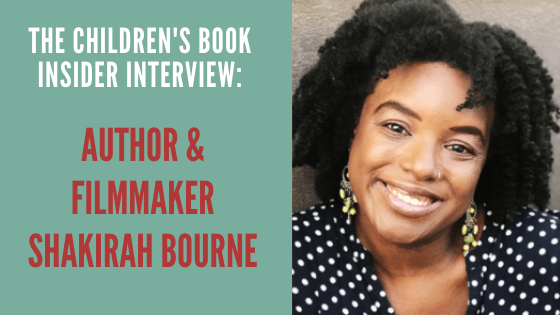
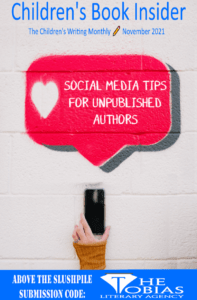 Reprinted from the November, 2021 edition of Children’s Book Insider, the Children’s Writing Monthly
Reprinted from the November, 2021 edition of Children’s Book Insider, the Children’s Writing Monthly
Interview by PJ McIlvane
Barbados born tomboy/author/filmmaker Shakirah Bourne would probably be the first to admit that writing a middle grade novel thinking it was really a young adult book in 28 days to make a contest deadline wasn’t, in retrospect, a recipe for success. But it worked! Swimming against the tide, Bourne’s United States middle grade debut, Josephine Against the Sea (Scholastic 2021) is the story of a young teen who is determined to save her father from the devious clutches of an enchanting sea siren—or is she?
Also in the pipeline are two other Caribbean mythology inspired MG adventures, also by Scholastic, scheduled for 2022 and 2023. An accomplished writer in several genres, Bourne follows her heart and inspiration (but please, no horror movies). A self-proclaimed “plotzer”, Bourne enjoys exploring old graveyards, daydreaming, eating mangoes (hopefully not in the graveyard), and staring out at the sea thinking up new amazing stores to tell. Her credits are too numerous to mention, but you can learn more at https://www.shakirahbourne.com/
PJ McIlvaine:
What was your childhood like growing up on Barbados, and how did that impact and influence your writing? Were you a voracious reader? Who were your favorite authors? Did you know early on that you wanted to write? Did your family support your ambitions? What was the first thing you ever wrote?
Shakirah Bourne:
If you’ve Enid Blyton stories like the Famous Five or the Secret Seven, then you’d get an idea of my childhood in Barbados. I was a tomboy, and enjoyed going off to find adventures with my cousins and explore places, especially those that were restricted. People always wonder how children are able to get away with some of their actions in books, but I had a ridiculous amount of unsupervised time, mainly because I was raised in a community-oriented area where neighbors and aunties generally looked out for your well-being, and as long as I was back home before dark, then all was well. As you can imagine, as there was no easy access to computers or the Internet, we had to use our imagination to entertain ourselves. We liked to spy on people, and may have stumbled upon a few secrets, and these observations about situations and characters help in creating a realistic world that I think readers can relate to.
Barbados. I was a tomboy, and enjoyed going off to find adventures with my cousins and explore places, especially those that were restricted. People always wonder how children are able to get away with some of their actions in books, but I had a ridiculous amount of unsupervised time, mainly because I was raised in a community-oriented area where neighbors and aunties generally looked out for your well-being, and as long as I was back home before dark, then all was well. As you can imagine, as there was no easy access to computers or the Internet, we had to use our imagination to entertain ourselves. We liked to spy on people, and may have stumbled upon a few secrets, and these observations about situations and characters help in creating a realistic world that I think readers can relate to.
I did not come from a family of readers, so my friends at school sparked my love for reading when they lent me Babysitters’ Club and Sweet Valley High books. When I discovered the library, I swear, my mind exploded. I could not compute that I get to read books for free. That’s when I started to read R.L. Stine books such as Fear Street and Goosebumps, and I adored the Animorphs, Sweet Dreams and Fearless series as well. I mentioned Enid Blyton earlier because I consumed any of her books with adventures and mysteries—Nancy Drew, Hardy Boys, the Naughtiest Girl in School series. I read every single children’s book in the library in record time. Eventually, I moved onto Mills and Boon novels (the lovely librarian let me borrow them despite my age). Romance books were my gateway to mystery and even literary fiction books.
I did not know I wanted to write; I just knew I enjoyed writing. In that period while I was waiting on new books to read, I started to write my own stories.
At ten years old I created a story called Jealousy Can Kill, which I later realized was Sweet Valley High fan fiction, complete with cheerleaders, love triangles, and murder. I re-read it recently and it’s not bad, but as I was imitating all that I was reading, the main characters were white with blue eyes and blonde hair.
When I quit my first job at an events company to write full-time, my mother didn’t know what to think. My background was in Business Management, and up to that point, writing had only been a hobby. My mother supported me financially, and didn’t kick me out of the house, but she was never keen on writing as a career until I got featured in a local newspaper and she was able to show off the article to her friends.
PM: You write in several different genres: kid lit, adult fiction, short fiction, film, and plays. Where do you get the discipline and energy? Do you prefer one format to the other? How do you decide what form the story should take? Do you juggle multiple projects?
SB: I am motivated by experimentation and I love discovering unconventional narrative styles, genres and formats. I challenge myself to explore different forms of writing, and to be honest, I think I would get bored if I kept writing in the same genre and mediums. It’s funny that you ask where I get the discipline, because I complain about my lack of said discipline. I always wonder how many more projects I may have been able to complete if not for my tendency to procrastinate.
I used to say that adult literary short fiction is my husband and comedic screenwriting is my outside lover. They both will always have a place in my heart, but I have discovered a passion for writing kid lit that I never would have imagined was inside me. It is my soulmate, and even if I take a break to write a movie or an adult book, I can’t imagine not coming back to writing these kinds of books.
I don’t decide what form a story should take; the story decides this itself. I just listen.
Normally, I’m only able to work on one book at a time. If I have too many characters in my head, it can get confusing. However, when I want some distance from a story to figure out a plot hole or to take a break in between drafts, I do take on projects that could be finished in a short timeframe.
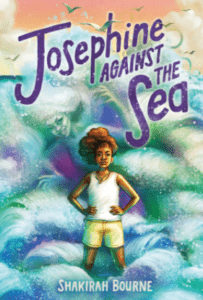 PM: The backstory to your debut middle grade book is quite a tale and I’d urge everyone to read the longer version at your blog. As I understand it (and please correct me if I’m wrong), there’s the North American version and a Caribbean edition published two years apart. How did that come about and what were the challenges/opportunities? Are there substantial changes in the two versions? For example, the editions have two different titles. How long did it take you to write Josephine ? Is it based on folklore? Do you see yourself in the main character?
PM: The backstory to your debut middle grade book is quite a tale and I’d urge everyone to read the longer version at your blog. As I understand it (and please correct me if I’m wrong), there’s the North American version and a Caribbean edition published two years apart. How did that come about and what were the challenges/opportunities? Are there substantial changes in the two versions? For example, the editions have two different titles. How long did it take you to write Josephine ? Is it based on folklore? Do you see yourself in the main character?
SB: I never thought about writing for kids until I decided to enter a writing competition called BURT Award for Caribbean YA Literature, 24 days before the deadline. The first idea that came to mind was inspired by a story I read in English class about a fisherman who became obsessed with a mermaid.
Though villagers warned him to stay away, he visited her by the river everyday. At night, she took over his dreams; he stopped caring for his family and himself, and one day, villagers found his clothing on the riverbank, and neither he nor the mermaid were ever seen again.
I always wondered what could have happened to them. Who was that mermaid? What if the fisherman’s daughter tried to find him? In those three weeks, I wrote a 28,000-word book to answer those questions. Though it was mighty stressful, I had so much fun writing that book, and as a freelance writer, I was so accustomed to writing for others and for survival, that I forgot what it was like to write for fun. I have always had a love for fantastical tales, and this story gave me the opportunity to delve further into Caribbean folklore and create a modern day adaptation set in Barbados.
To my surprise, the book, My Fishy Stepmom, was shortlisted for the prize, which meant publication by a Caribbean publishing house. However, I had signed with a US agent around that same time, and after some discussions, the publishing house, Blue Banyan Books, acquired Caribbean rights. I revised the book with both my agent and Caribbean editor at the same time. Thankfully, they had a similar vision, and it was a smooth process, and at the end of it, the book was 45,000 words.
I went on submission to US editors with this version of the book, and we got a revise and resubmit request from my editor at Scholastic. In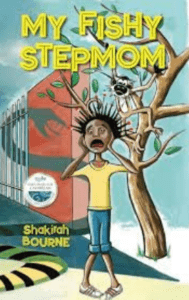 My Fishy Stepmom, Josephine knows her Dad’s new girlfriend isn’t human, and spends the majority of the novel trying to figure out the identity. In Josephine Against the Sea, Josephine has figured out her identity by the middle of the book, and spends the second half trying to figure out how to stop her. This version is 61,000 words, so though the characters are the same and the general plot is similar, there are substantial changes between the two versions. I encourage people to read both of them!
My Fishy Stepmom, Josephine knows her Dad’s new girlfriend isn’t human, and spends the majority of the novel trying to figure out the identity. In Josephine Against the Sea, Josephine has figured out her identity by the middle of the book, and spends the second half trying to figure out how to stop her. This version is 61,000 words, so though the characters are the same and the general plot is similar, there are substantial changes between the two versions. I encourage people to read both of them!
PM: On your blog, you also detail your hilarious journey to finding a literary agent which everyone who has been in the query trenches can empathize with. In hindsight, what would you have done differently? Was being somewhat naïve and clueless about the process a blessing in disguise? What was the most difficult part of it all? Once you signed with your agent, what was the revision/submission process like? How long did it take to get an offer on the book?
SB: Everything worked out for me so I’d be hesitant to say I’d do anything differently, but as you know, I had a lot of faux-pas, so maybe I would have at least done enough research to realize that my 28,000 word adventure with an 11 year-old main character who saves her Dad from a sea creature, is typically categorized as middle grade and not young adult.
Being clueless was definitely a blessing in disguise, because if I had known the statistics and how difficult it was to get an agent and secure a publishing deal with a traditional publisher, I would not have tried! I had self-published a short story collection, and had great success with that, so I can imagine I would have just waited to see if I was shortlisted for the BURT competition, and if not, I would have self-published the story.
Submission was HANDS DOWN the most difficult part of the process so far. At that point, I had been revising the book for nine months with my agent and Caribbean editor, and I was hoping that I would be one of those lucky persons who sold in one week. I was totally not prepared for the level of anxiety that submission brought. It took serious willpower to not spend all day refreshing your inbox, knowing that on any given day, you could get an email that would change your life.
We went on submission in October 2018 to nine editors, and it took a month before I got my first rejection. Other passes trickled in until we got an R&R request from my editor at Scholastic at the end of January 2019. She was so passionate about my story, and I agreed with all of her editorial suggestions, and so I worked together to revise the first six chapters, until May, when the book was ready to go to acquisitions. And then we waited. And waited. It was torture; according to statistics, only 80% of R&Rs are actually successful so I kept trying to prepare myself for a rejection. Thankfully she made an official offer for Josephine Against the Sea in June 2019. I was on sub for a total of eight months.
PM: Do you have a daily writing routine? Do you outline your stories?
SB: I wake up early in the morning to write because I find that’s when I am most productive. I feel my productivity level drop the moment I put any food in my mouth so I will work until I am too hungry to concentrate. Fun fact: I found out that intermittent fasting works the same way, which explains why I tend to lose weight when I have numerous upcoming writing deadlines. Sometimes, if I get too distracted during the day, I try to write late at night when the world has already gone to bed. Honestly, I just try to listen to my mind and do whatever I can to make the writing flow.
I spend a lot of time staring out of the window, listening to nature’s music. I wish I could write to actual music but I inevitably end up dancing or singing along, instead of writing
I am a plotter-leaning pantster. When it comes to novel writing,
I like to know the beginning, turning point one & two, midpoint and ending of a story before I start writing. I plan as much as possible because I find that writer’s block occurs when I don’t understand the story or know where it’s going. However, my outline is for peace of mind and it’s just a guide. I find that no matter how many story details I try to work out beforehand, I learn more about my characters and the world while I’m writing that first draft. I still leave room for characters to surprise me and I am flexible enough to include new scenes or other plot elements that appear during the writing process.
PM: What are you currently writing? Do you have a passion project?
SB: I am currently writing a middle grade horror called Duppy Island, which is coming out in 2022. It’s about a 13 year-old filmmaker, Serenity, who follows her family to a silent retreat on a mysterious island to get footage of a rare butterfly, and discovers that the island is haunted by faceless children. It’s inspired by Caribbean folklore–a douen is a child who has died before they’re baptized.
I have SO many story ideas, a half-finished novel, and several unfinished screenplays, but I don’t currently have a passion project right now, and I’m glad that I don’t. As I mentioned, I mainly work on one story at a time and I’d be really distracted and frustrated that I can’t work on something that I love.
PM: Where do you see yourself, writing-wise, five years from now? If you could write anywhere in the world (not including the beach) where would it be?
SB: Five years from now, I hope to have numerous middle grade, young adult, and adult books. I can imagine I’d have a story to suit any kind of reader. I hope that my unpredictability will be exciting to readers.
I lived in Scotland for a year and fell in love with the Highlands. It’s a dream to split my time between Barbados and Scotland, so if I can’t write on the beach (or have a sea view), I’d be typing away in the Scottish Highlands, watching hairy cows eat grass from my window.
To learn more about Shakirah, watch her appearance on our Kidlit Social: https://writeforkids.org/blog/kidlitdistancingsocial57/
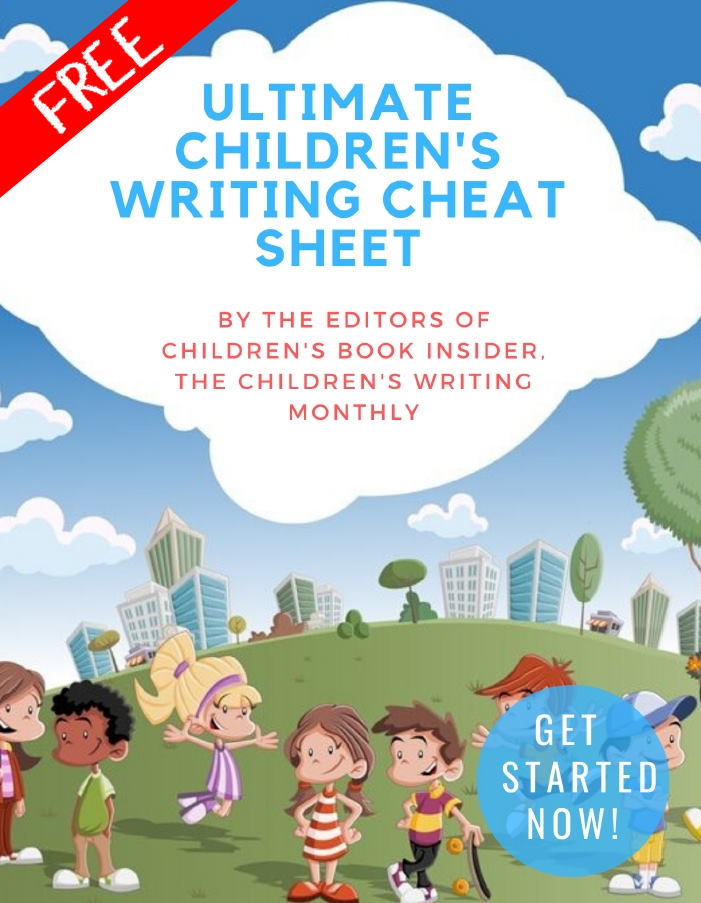
✏ Word Counts & Age Groups for Every Kidlit Category
✏ FAQs, Glossaries and Reading Lists
✏ Category-specific Tips, from Picture Books Through Young Adult Novels
✏ 5 Easy Ways to Improve Your Manuscript
✏ Writing For Magazines …and more!
This is a gift from the editors of Children’s Book Insider, and there’s no cost or obligation of any kind.
We will never spam you or share your personal information with anyone. Promise!
